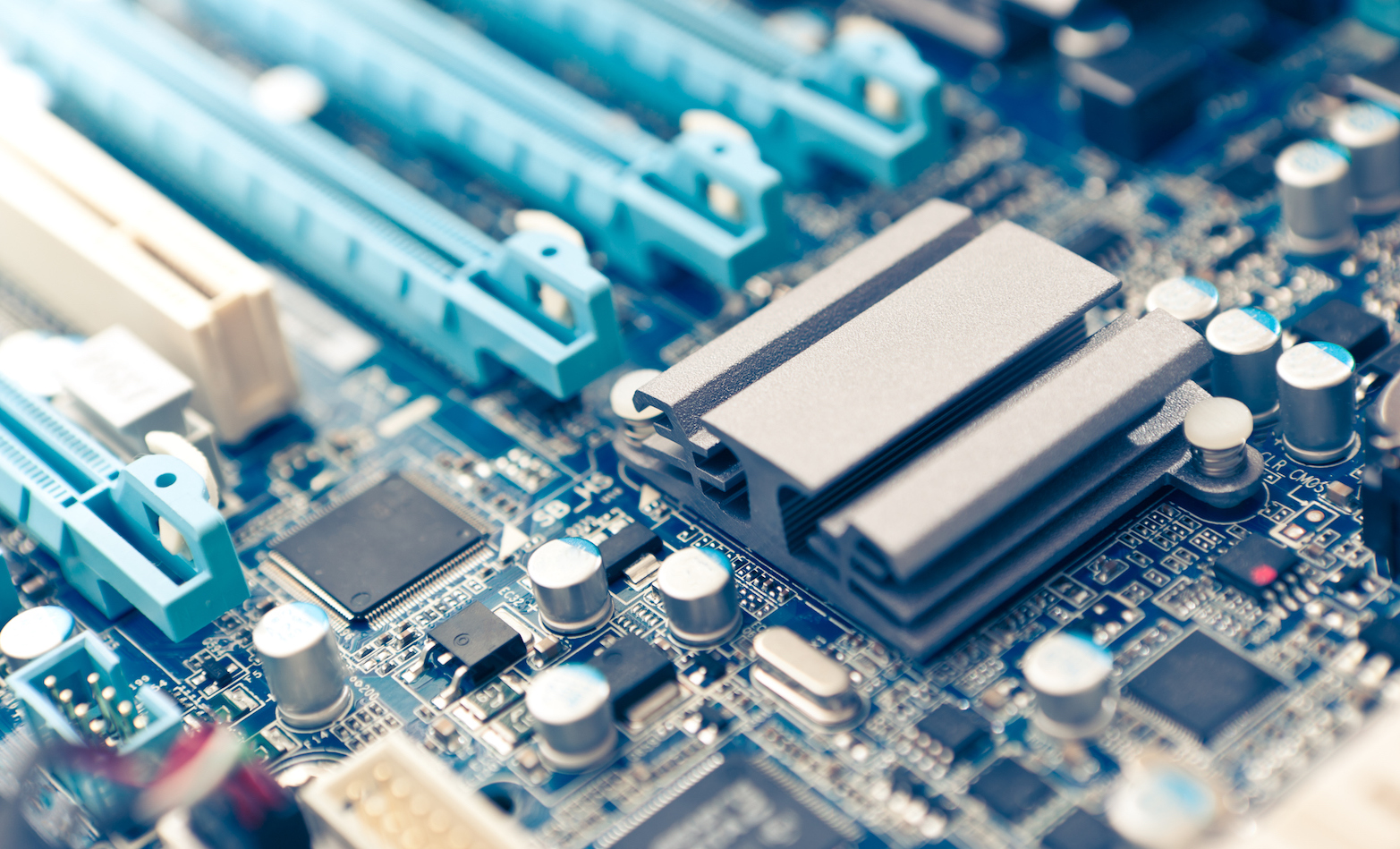
How do you design a circuit from scratch, based on an idea that comes into your head? How do you turn a circuit diagram into a prototype, and how do you choose affordable components and assemble them correctly?
So many questions… In this article, we tell you how to design a circuit and make a circuit board.
Five steps to designing a new circuit
Electronic design is not exactly simple. You probably know this already, if you’re wondering what’s the best way of developing a new electronic product. It’s a complex task that takes time and energy and can monopolise your days, particularly if you have limited resources, as many young entrepreneurs, startups and small companies do.
But there's good news! You can simplify the process by subdividing it into five phases. These are the steps you should follow to create a functioning prototype.
There are five main stages in developing an electronic product:
Start by defining your idea
What you want to do?
It may seem like an obvious question, but lots of people don’t have a clear idea of the answer. For example, many clients have told us they want to build robots, but robot means different things to different people. It might be a self-driving car, a virtual assistant, or a humanoid.
So we recommend starting by writing down exactly what you want to achieve in as much detail as possible. If you can draw it yourself, so much the better.
Put it in black and white,
with a block diagram giving an overview of your circuit design. For example, if you want to build a robot car, you'll need engines and maybe a driver, and perhaps a microcontroller to act as a brain for the whole thing. Take all the different blocks, put them together logically, and transfer the design to paper. Try to understand what you want to happen so that your application works.
Create the circuit one piece at a time,
so you have a clear outline of all the pieces.
An expert will be able to do this much more quickly than someone doing it for the first time, but that doesn't mean it's impossible for beginners. Take your time, follow the steps below, and you can build whatever circuit you like!
Start one piece at a time
Choose one block of the circuit It’s important to concentrate on one piece at a time.
Let's assume you start with the robot’s motor driver. In many cases, you’ll be able to find an integrated circuit that already has everything you need, and includes a set of instructions.
But sometimes no appropriate circuits will be available, and then you'll have to do it yourself.
“How am I supposed to design a driver?”, we can hear you say. “What should I do?”
The answer to this question is the key to your success. There are three possibilities:
- Learn how to do it
- Find a similar project that someone else has done
- Get help from an expert consultant
It's that simple. If you want to design a radio transmitter, learn how to design radio transmitters. If you want to design an amplifier, learn how to design amplifiers. If you want to design a motor driver, find out how to design motor drivers.
If you’ve never tried, you’ll have to learn. So if you want to design it, document it, but don't invest too much time on this.
It doesn't take long to learn how to design a certain type of circuit: it all depends on how much time and willingness you have.
If you’re looking for something that someone else has made and that also works for you, you should draw up documentation to understand what you need from electronics books or the web.
Alternatively, you could also use a strategic manufacturing partner to help you design your circuit.
The important thing is that all this doesn’t take long, but don’t delay making decisions, because there's huge competition in this area.
Remember, once you've decided on your strategy, stick to your decision. And then it’s time to rock and roll!
Connect all the pieces
Now all that remains is to design the electronics of each component, and join up each part of the diagram or subject…
So, to summarise, here's how to turn an idea into a real-life product:
- Define your circuit
- Produce a block diagram with all the necessary components
- Design each one, and if you don't know how, learn
- Put the pieces together into diagrams
When you’ve finished these, learn how to design printed circuits, possibly with the help of an expert adviser who can save you time.
What's stopping you turning your ideas into reality?
.png)
